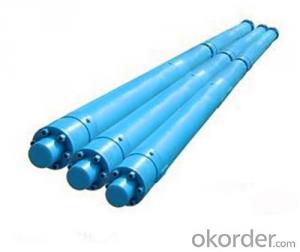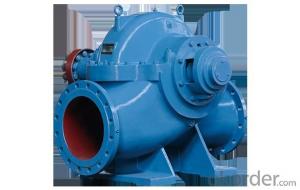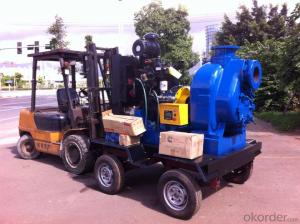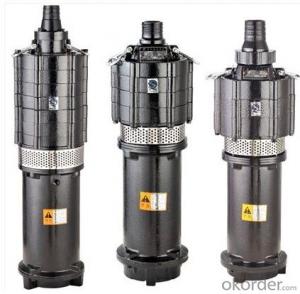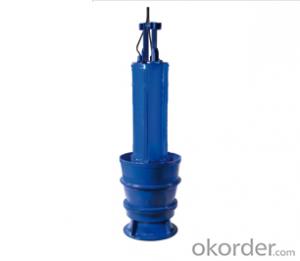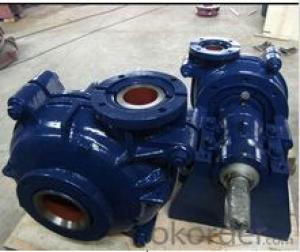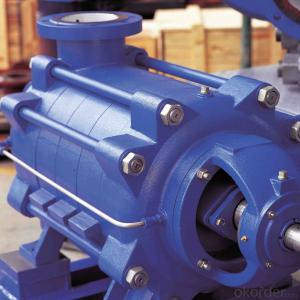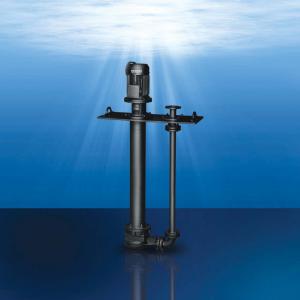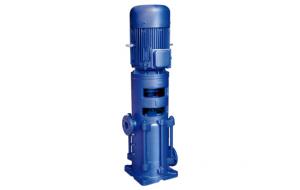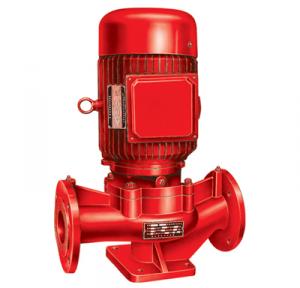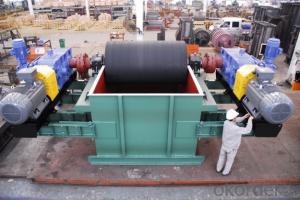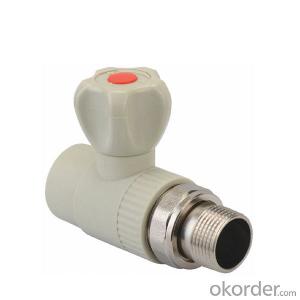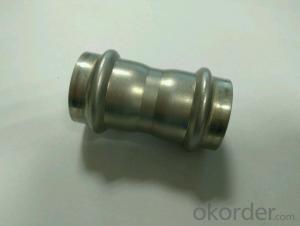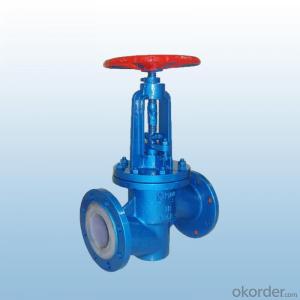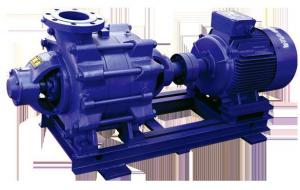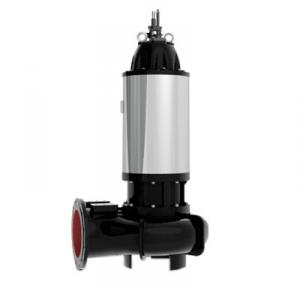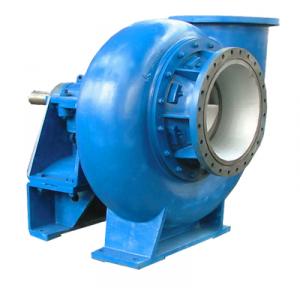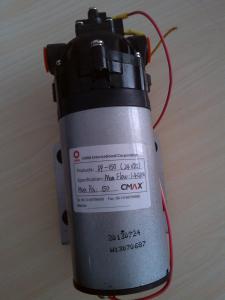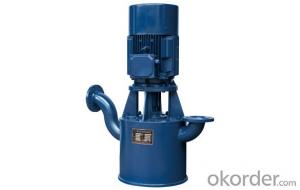Electric Submersible Pump (ESP) Using in Oilfield
- Loading Port:
- Shanghai
- Payment Terms:
- TT OR LC
- Min Order Qty:
- 1 unit
- Supply Capability:
- 50 unit/month
OKorder Service Pledge
OKorder Financial Service
You Might Also Like
1. Structure of Electric Submersible Pump (ESP) Description
Electric Submersible Pump (ESP) is a new oil extraction equipment. It has had a series of products, can not only be used in low-viscosity crude oil extraction, but also applicable to the extraction of heavy oil, high freezing point oil, high wax oil, high sand-containing oil and high gas-containing oil, with the superiority irreplaceable by other screw oil equipments.
Advantage:
1)Suitable for sucking high viscosity fluid and solids-laden fluid.
2)Hardly gas locking, breakdown of emulsion.
3)The pumping process is continuous and stable .
4)Suitable for vertical,deviating,horizontal well, specially suitable for the well which has the sucker rod scrubbed the tube.
5)No sucker rod, which could eliminate the loss caused by the scrubbing of the tube.
6)Save energy compared with the sucker rod pump.
2. Main Features of Electric Submersible Pump (ESP)
1)Suitable for vertical,deviating,horizontal well
2)Non-sucker -rod 4. save energy
3) Good price and service
3. Electric Submersible Pump (ESP) Images

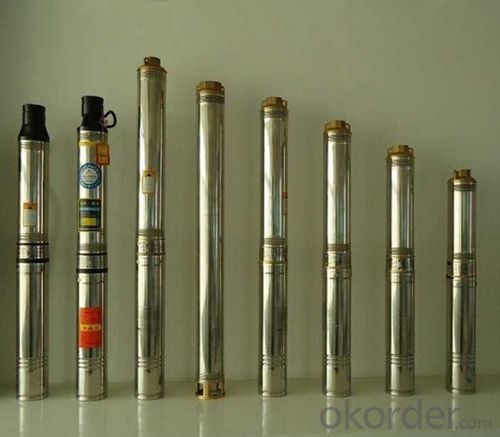
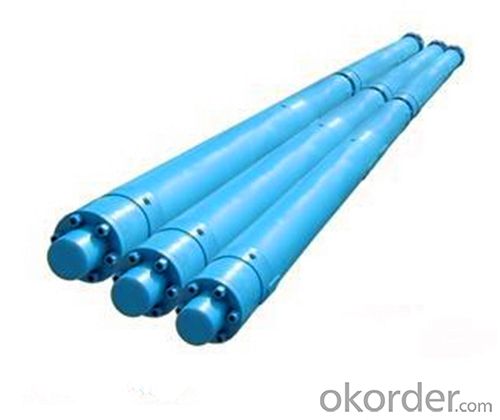
4. Electric Submersible Pump (ESP) Specification
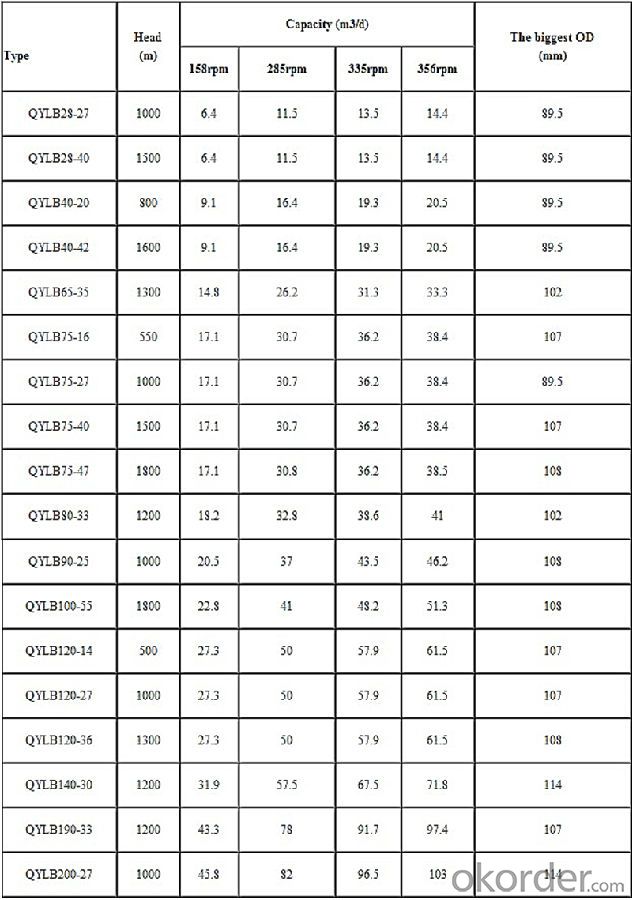
5. FAQ of Electric Submersible Pump (ESP)
We have organized several common questions for our clients,may help you sincerely:
①How about your company?
One of the leading manufacturers and suppliers in China, mainly offering various of oilfield products consists of our one-stop sales. The integrated sales & service ensures customers with various demands an easier access for purchasing management.
②How to guarantee the quality of the products?
We have established the international advanced quality management system,every link from raw material to final product we have strict quality test;We resolutely put an end to unqualified products flowing into the market. At the same time, we will provide necessary follow-up service assurance.
③How long can we receive the product after purchase?
In the purchase of product within three working days, We will arrange the factory delivery as soon as possible.
- Q:What is the lift of diaphragm pump?
- Diaphragm pump lift is different from the centrifugal pump, refers to the diaphragm pump can raise the height of water, the unit is meters water column. Lift depends on the size of the outlet pressure, the pressure per kilogram is equivalent to 10 meters height
- Q:What are the main performance parameters of the pump?
- RPM revolutions per minute. In N, the unit is R / minThe power delivered by the shaft power prime mover to the pump shaft. In P, the unit is kW.The ratio of useful power to shaft power of an efficient pump. With ETA said. It is an indicator of the degree of perfection of the pump in terms of hydraulic power
- Q:If the calculation of the required pump flow is 45, lift 110, and the actual pump flow 100, head 125, what will happen in operation? Can I use it properly?
- Centrifugal pumps are too big to measure.There is a reason why the centrifugal pump does not measure up:The pump inlet pipe blockage, leakage.The pump inlet pressure is too low.
- Q:What kind of motor does the hydraulic pump need?
- Calculation of actual oil pump power:First count the flow: Q=dn L / minD displacement / revN RPM / minThen calculate the actual power: N=QP/ (60K) kwQ flow L / minP MPa MPaK total efficiency (usually 0.85)I do not know what the landlord said, 2.5L is the displacement or flow at the end, the concept must not be confused
- Q:Difference between pump and compressor
- In the spiral case, the liquid slows down due to the gradual enlargement of the flow passage, and the part of kinetic energy is converted to static pressure, and finally flows into the exhaust pipe at higher pressure and is sent to the required place. When the liquid flows from the center of the impeller to the outer edge, a vacuum is formed at the center of the impeller. As the pressure at the upper level of the tank is greater than the pressure at the pump inlet, the liquid is continuously pressed into the impeller. Visible, as long as the impeller continues to rotate, the liquid will continue to be inhaled and discharged.The working principle of the linear pump is different from that of any other pump. It adopts the principle of magnetic suspension and the hydraulic structure of the spiral ring to realize liquid propulsion, that is, to cancel the shaft, to cancel the shaft connection, and to cancel the sealing structure of the shaft. After starting, the electric current is transformed into a magnetic field, and the magnetic field force drives the spiral ring to move, namely, the spiral ring promotes the liquid advance.Compressor (compressor), a driven fluid machine that promotes low-pressure gas as a high pressure gas, is the heart of a refrigeration system. It is of low temperature and low pressure refrigerant gas suction pipe from the suction, through the operation of the motor drives the piston to compress it after high temperature and high pressure refrigerant gas discharge pipe to the exhaust, to provide power for the refrigeration cycle, so as to realize the compression and condensation (exothermic), expansion and evaporation (endothermic) refrigeration cycle.
- Q:Working principle and diagram of axial piston pump with pressure compensation variable
- Working principleThe main part (see section structure) the transmission shaft drives the rotating cylinder, the plunger seven uniform distribution on the cylinder to rotate around the shaft center line through the center of the spring will be slippery boots column components in the variable pressure in the head (or swash plate). In this way, with the rotation of the plunger cylinder for reciprocating motion complete, oil absorption and oil pressure action.
- Q:Please give me professionals to calculate, the cylinder bore is 100 and the rate of 20m/s, the leakage can be ignored, but to the large flow pump!
- 3. efficiencyVolume efficiency, for hydraulic pumps, is the ratio of actual flow to theoretical flow. A hydraulic motor is the ratio of its theoretical flow to its actual flow.Mechanical efficiency, for hydraulic pumps, refers to the ratio of theoretical torque to actual input torque. The actual output torque of the hydraulic motor is theoretical torque to overcome the torque after friction, so the mechanical efficiency is the ratio of the actual output torque to the theoretical torque.
- Q:Why should I pump the pump before starting the centrifugal pump?
- Only centrifugal water can be pumped out of the centrifugal blade to generate negative energy at the entrance. There is no water diversion. Only the negative pressure produced by the air is too low to absorb the well water.Water pump has been pumped, centrifugal pump or can not start normally, mostly because of the water pipes and air
- Q:What are the meanings of the vacuum pump, the front pump and the main pump?
- The main pump and the front pump with the general vacuum unitThe front pump can be understood as a mechanical pump. It can be used by itself, but the pumping rate or the vacuum can not meet the requirements. In this case, we add a booster pump
- Q:What is the difference between an air pump and a water pump?
- Pump performance of technical parameters are flow, suction, lift, shaft power, water power, efficiency, etc.; according to the different principles of work can be divided into volume pumps, vane pumps and other types. Displacement pump is to use its studio volume changes to transfer energy; vane pump is to use the rotating blade and water interaction to transfer energy, there are centrifugal pumps, axial flow pumps and mixed flow pumps and other types.
1. Manufacturer Overview |
|
|---|---|
| Location | |
| Year Established | |
| Annual Output Value | |
| Main Markets | |
| Company Certifications | |
2. Manufacturer Certificates |
|
|---|---|
| a) Certification Name | |
| Range | |
| Reference | |
| Validity Period | |
3. Manufacturer Capability |
|
|---|---|
| a)Trade Capacity | |
| Nearest Port | |
| Export Percentage | |
| No.of Employees in Trade Department | |
| Language Spoken: | |
| b)Factory Information | |
| Factory Size: | |
| No. of Production Lines | |
| Contract Manufacturing | |
| Product Price Range | |
Send your message to us
Electric Submersible Pump (ESP) Using in Oilfield
- Loading Port:
- Shanghai
- Payment Terms:
- TT OR LC
- Min Order Qty:
- 1 unit
- Supply Capability:
- 50 unit/month
OKorder Service Pledge
OKorder Financial Service
Similar products
New products
Hot products
Related keywords
